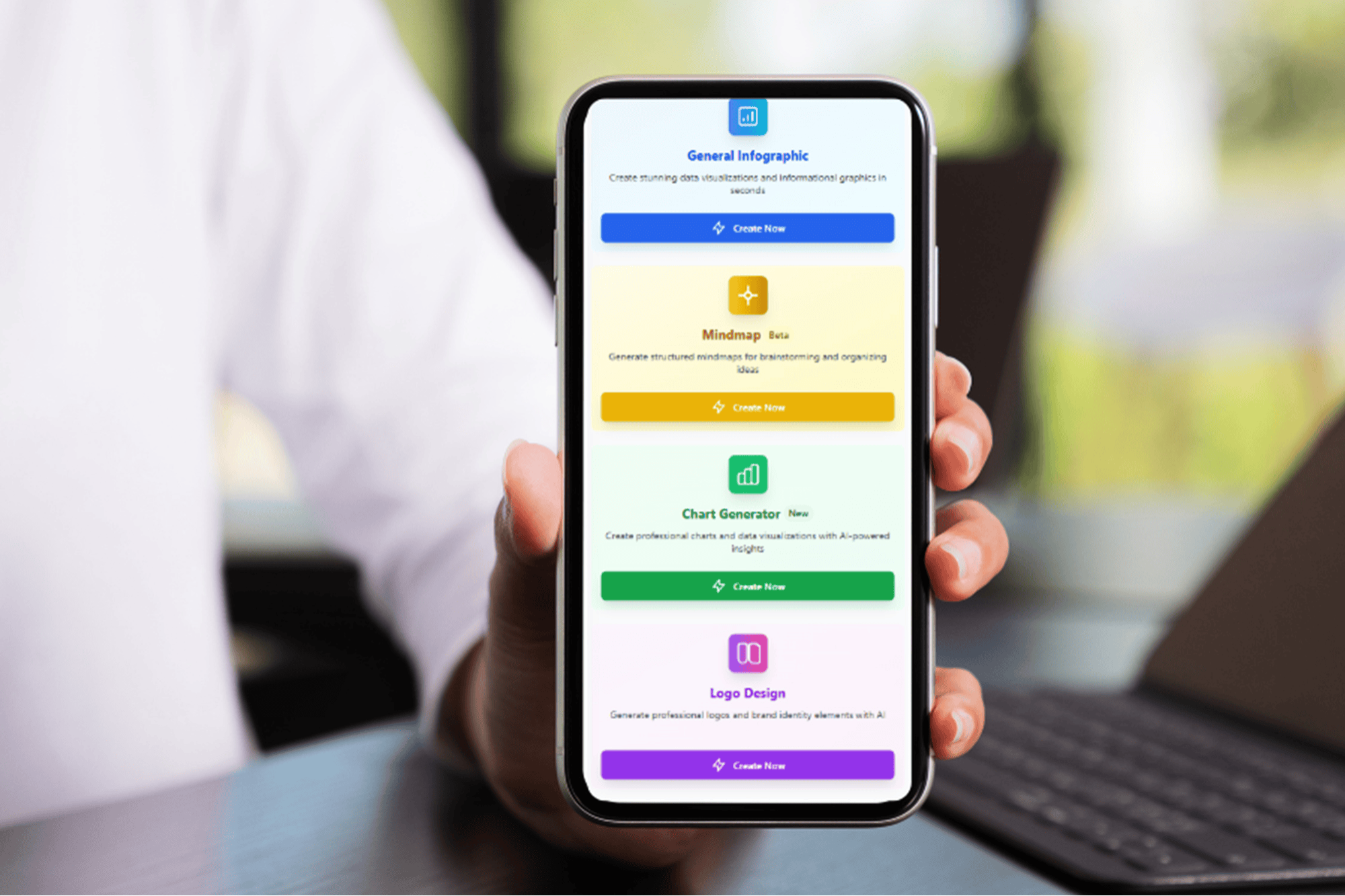Opinions expressed by Entrepreneur contributors are their own.
The question of ‘next trends’ isn’t whether a trend exists, but whether you’ll be the first to spot it. Interest in trends across search engines and social media can grow by 65% to 143% over five years, with some driving exponential sales growth within months.
In response, 75% of business leaders have increased their focus on innovation, recognising that speed and smart trend selection set market leaders apart.
Here are five principles to help you cut through the noise, test ideas fast and turn the right trends into growth.
1. Catch the signal before everyone else
Early responses to emerging trends can boost sales by 15–20% and increase customer loyalty. One of the first signs of a growing trend is a surge in search queries — the sweet spot is acting while interest is rising, but before the market gets crowded.
Use tools like Google Trends, Wordstat, Ahrefs, SEMrush or Exploding Topics for regular keyword monitoring. Watch for 5–10x spikes in search volume over one to two months, but don’t stop at raw numbers.
Pay attention to velocity, long-tail queries and unusual seasonal patterns that may signal changing consumer priorities. In 2024 and early 2025, online searches for Dubai chocolate spiked after viral TikTok videos. Sensing the momentum, retailers like Marks & Spencer and Waitrose introduced limited-edition products recreating the aesthetic and flavour of the original. It’s a clear example of how microtrends can leap from niche content into mainstream retail almost overnight.
2. Test trend viability — is it built to last?
More and more trends hold consumer interest for months or even years. What sets them apart? A stabilisation phase after the initial spike and a ripple effect across related categories.
A single burst of attention isn’t enough: a viable trend should show consistent interest for two to three months, signalling durable demand. Track trends over time in a simple table using Excel or Notion. Update data every two to four weeks and compare growth. Check if related products or adjacent search terms gain traction too — that’s often where long-term potential lies.
Amazon treated sustainability as a long-term shift, not a seasonal campaign. With 74% of U.S. consumers looking to shop more sustainably, and 68% willing to pay more, it launched a Sustainable Products Programme and “Climate Pledge Friendly” labels, boosting eco-conscious sales and brand reputation.
Related: How to Move Fast and Not Break Things — 5 Lessons in Innovation From an Industry With Zero Room for Error
3. Test fast, spend small
Trending products often start with spikes in searches and social buzz: top categories can grow quarterly sales by anywhere from several hundred to more than 6,000%. But many trends are short-lived, making big investments risky.
Treat every trend as a hypothesis: Will it convert, scale and fit your business model? Instead of going all in, run quick tests to explore the idea. Start with a simple MVP, like an SEO-optimized landing page, and track key signals such as CTR, add-to-cart actions and retention. If it performs, scale it up; if not, move on quickly with minimal cost. This flexible, data-led approach turns trend-chasing into a controlled, low-risk practice.
Hiut Denim, a Welsh jeans maker, tapped into the barrel fit jeans trend, which saw a 500% surge in interest. The brand ran multi-channel digital campaigns and achieved a 600% increase in paid social sales with lower acquisition costs. Last year, they leaned into SEO with optimised category pages, boosting organic traffic and brand visibility.
4. Bring trends to life through cross-team collaboration
Without cross-team alignment, even the best trend insights go nowhere. While 75% of employers say collaboration is key to success, 39% of employees feel their companies aren’t effective enough. Moreover, 86% of employees and executives agree that poor teamwork causes most project failures.
You can’t bring a trend to market alone. Success depends on fast, coordinated action across teams, allowing companies to make the most of trend-driven opportunities.
Set up a clear, step-by-step process for managing trends: capture new signals, conduct a quick analysis, then hold regular team discussions to evaluate their potential value and fit. From there, decide whether to run a test or set the idea aside. Working in the gifting industry, our team monitors trends across key markets every two weeks. We also build a shortlist of two to three hypotheses and commit to testing at least one. This structured approach helps avoid chaotic trend-chasing and keeps focus on the most promising opportunities.
Nuuly, a fashion rental brand, grew its subscriber base by 51% by betting on the rise of sustainable fashion and circular shopping. While marketing tracked growing interest, product and logistics teams built relevant collections and accelerated delivery. The tech team improved personalisation and UX, raising conversions and retention, leading to double-digit revenue growth.
Related: Are You Chasing Trends or Building a Lasting Business?
5. Don’t chase every trend
By the end of 2024, 67% of consumers reported marketing fatigue, especially when brands jumped on every trend. 33% view this approach as inauthentic or even “embarrassing,” and only 27% believe it’s effective in the short term.
Not every trend is worth pursuing. Some ideas simply aren’t right for your brand, even if they’re generating a lot of noise. Learning to say no is just as important as knowing when to move fast. Ask yourself: does this trend align with your brand values, audience, production and logistics? Do the average order value, margin and LTV make sense?
Talk to marketing and PR: could this hurt your brand image? Run small-scale tests before you commit. In 2025, several beauty brands tried to ride TikTok trends with viral ingredients and nearly identical product releases. Instead of a boost, they got a sales decline. According to Beauty Independent, consumers now prefer minimalism, science-backed formulas and brand authenticity. If a trend doesn’t align with your DNA, it’s better to walk away.
Trends aren’t just about fashion — they’re signals of changing behaviors and needs. Rather than guessing, they help businesses understand where the market is headed. The key is to look beyond the noise and use trends as a tool to test your strategy, identify growth opportunities and adapt to what’s next.








